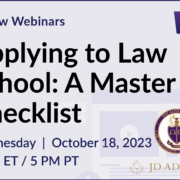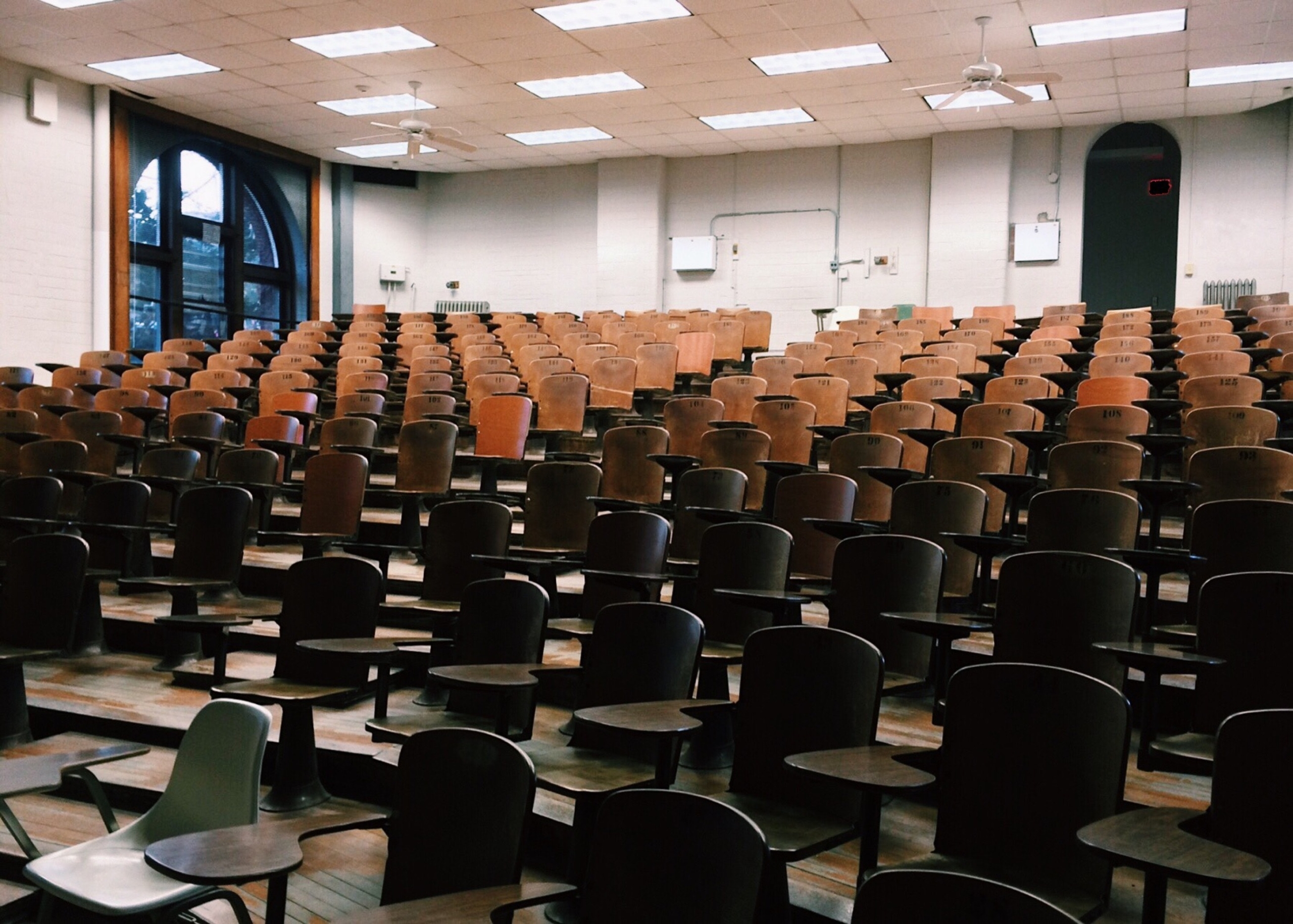Why the Long Waitlist and Slow Turnaround This Year?
Why the Long Waitlist and Slow Turnaround This Year?
Everything about this past year has been new and different, and often not for the better. When it comes to law school admissions, this also applies to long waitlists and slow turnaround times for law schools to make decisions. Schools are waitlisting more students this year than in past years and have been slower to hand out decisions. In this post, we try to break down what’s going on to help you better understand some reasons for these long waits and waitlists!
Why the Long Waitlist and Slow Turnaround This Year?
COVID & Remote Work
This is no surprise as COVID has been the main culprit for so many changes over the last year. The uncertainty COVID posed to last year and this year’s admissions cycle caused both the delays in decision making and the and long waitlists schools are now maintaining.
The slow turnaround is due in small part to everyone continuing to work remotely. While much of the admissions work can easily be performed remotely, the change still slows things down as it takes time to put into place new processes for doing everything from home.
Increased applicants and LSAT scores
A much bigger reason for the long waitlists is the increase in law school applications. This in turn slows down decision making as offices work to process the influx of candidates. Additionally, there’s also been up an uptick in actual LSAT scores. The larger and stronger application pool incentivizes schools to hold out for those high-scoring applicants that might be applying later for a variety of reasons.
As we discussed in our article Law School Applications And LSAT Scores Current Trends, applications are up over 20% across the country this year compared to last year. This is likely due in part to COVID and the uncertainty it created across our society (including job layoffs, leading more people to apply to law school than might otherwise not have done so this year). There are other reasons for the increase in applications, including the current social and political climate and the fact that it was an election year, which usually motivates long-interested candidates to finally apply to law school.
LSAT scores have trended higher this year in every category on the LSAT-Flex. For example, in the LSAT score band of 175-180 (the highest possible score) there has been a 99.9% increase of test-takers who scored in that range. That’s nearly a 100% increase in just one year! Additionally, the LSAT is offered so often now compared to just a few years ago often leads to higher test scores since students can choose a test date when they feel “ready” to take the exam and not be forced into an early date for scheduling reasons.
The increase in testing administrations and in test scores, incentivizes law schools to wait for those higher-credentialed candidates that may be applying later in the cycle or re-applying with increased scores. These increases also encourage law schools to waitlist “borderline” or lower-credentialed candidates they may have been willing to outright accept in other years in an effort to see who else may come their way. This contributes to the ever-growing and long waitlist at many schools.
Attempts to maintain targets despite uncertainty
As with every cycle, schools want to hit intended targets for the incoming class. Admissions offices are usually conservative in handing out offers of admission to make sure they meet these targets (e.g., LSAT, GPA, class size, overall class balance). They do not want to over-enroll or under-enroll their class. To make sure they are staying on track to hit the perfect balance of all of these things, they often naturally slow down admitting students around this time of year.
All of the uncertainty surrounding admissions this year and the overabundance of applicants has led many schools to take an even more cautious approach and admit the most highly sought-after candidates while pausing on good (and otherwise traditionally “admittable” applicants) by putting them on the waitlist for the time being.
As a result, many applicants are left wondering when they can expect to see movement. For answers to that question, check out our post When to Expect Law School Waitlist Movement.
Deferrals
It’s also worth noting that some schools have a fair number of deferrals from last year either because of over-enrollment or students opting to defer one year due to COVID. Usually, deferrals make up a very small and insignificant number of incoming students. This year, while the cohort remains small in absolute terms at most schools, this group is bigger than normal. For this reason, there may be fewer seats to fill in an incoming class than in a traditional year.








Leave a Reply
Want to join the discussion?Feel free to contribute!